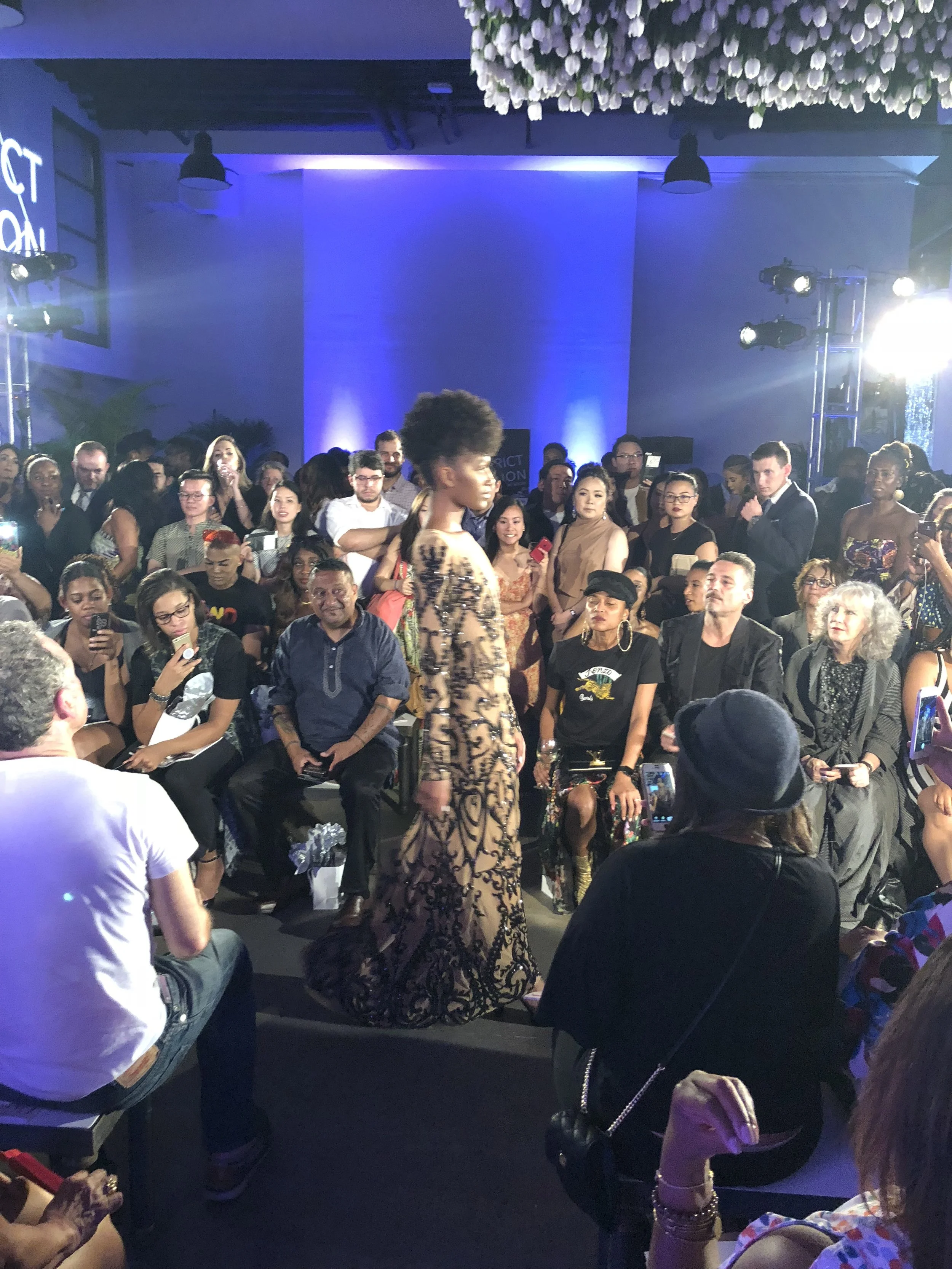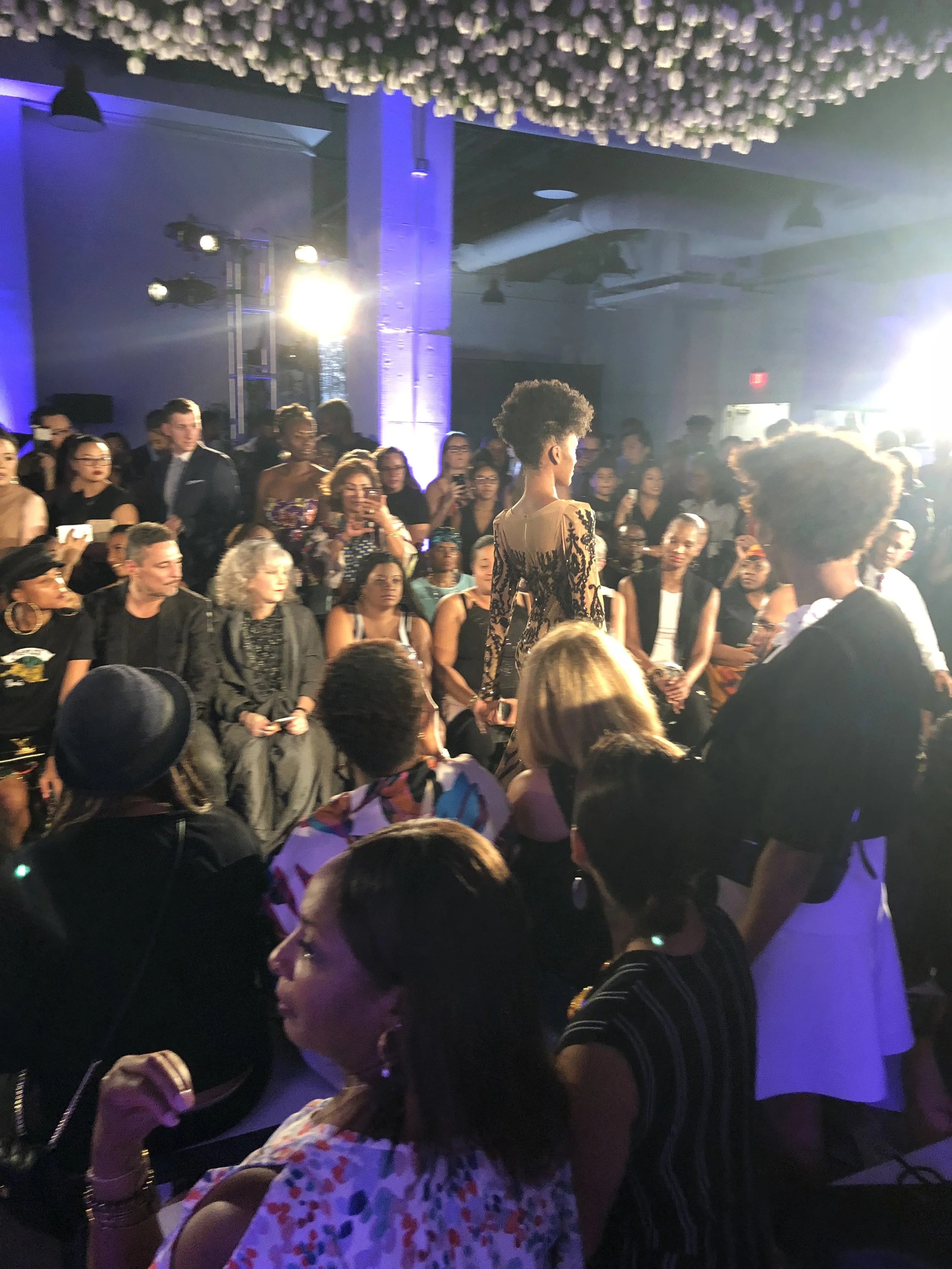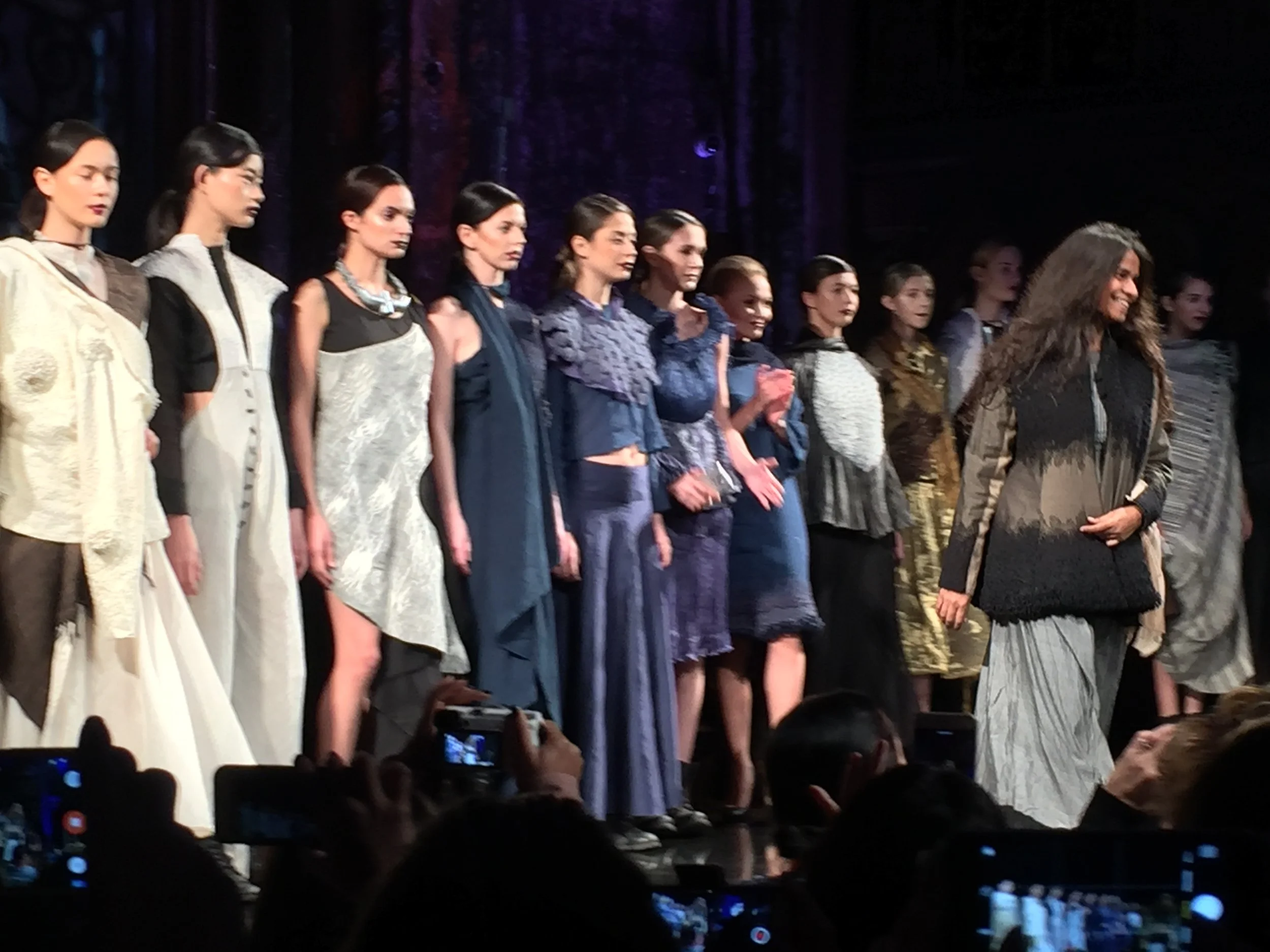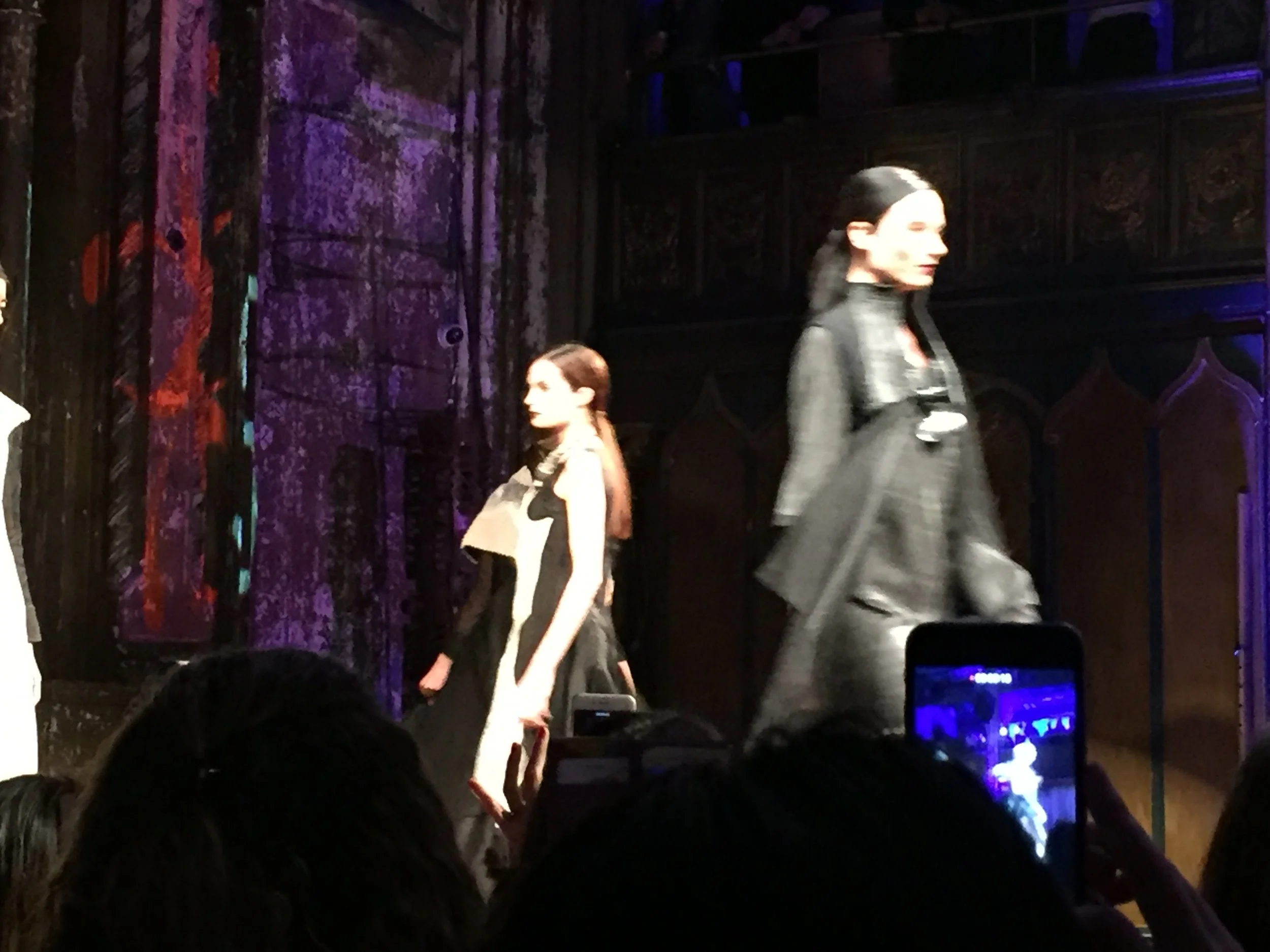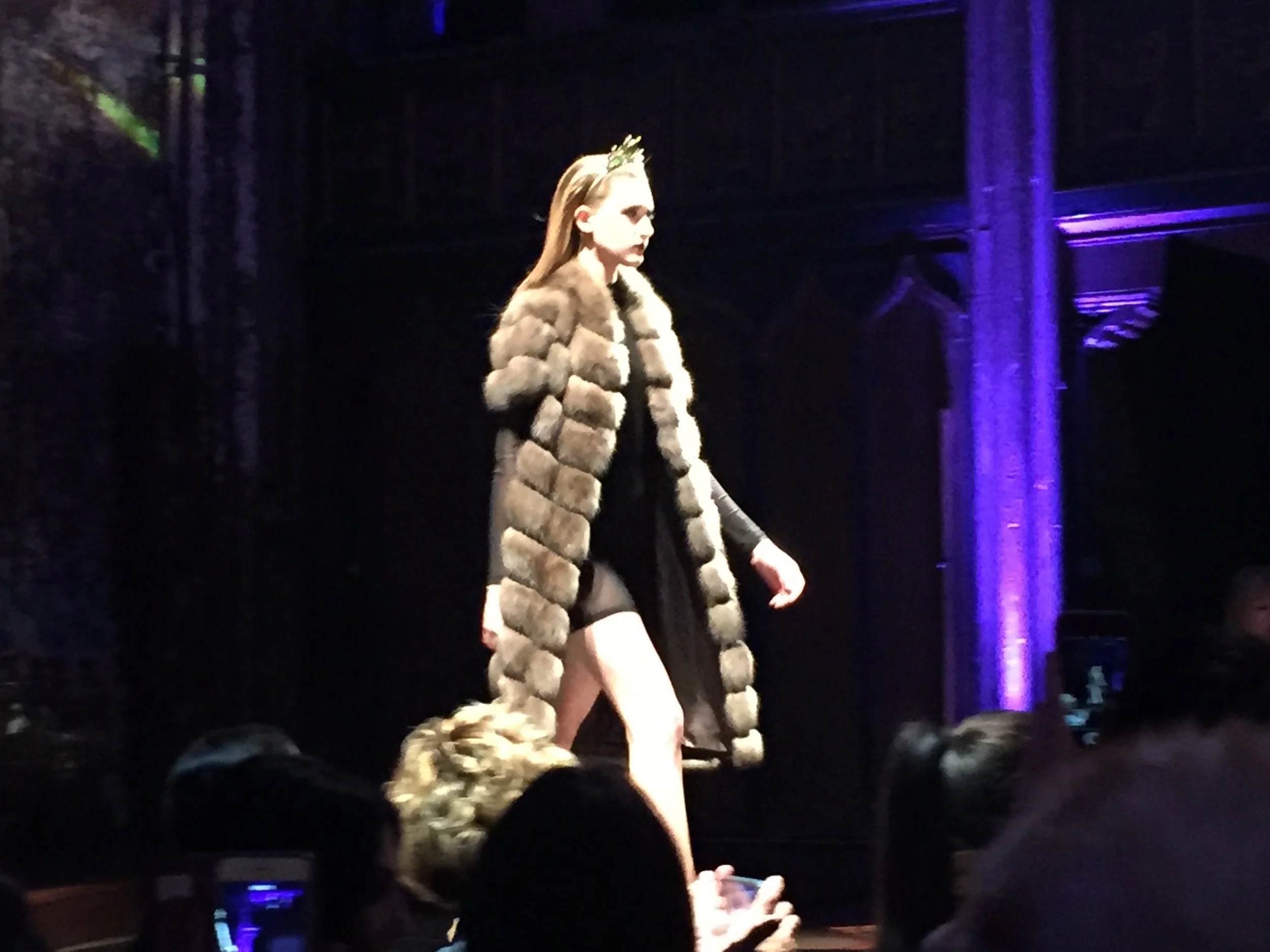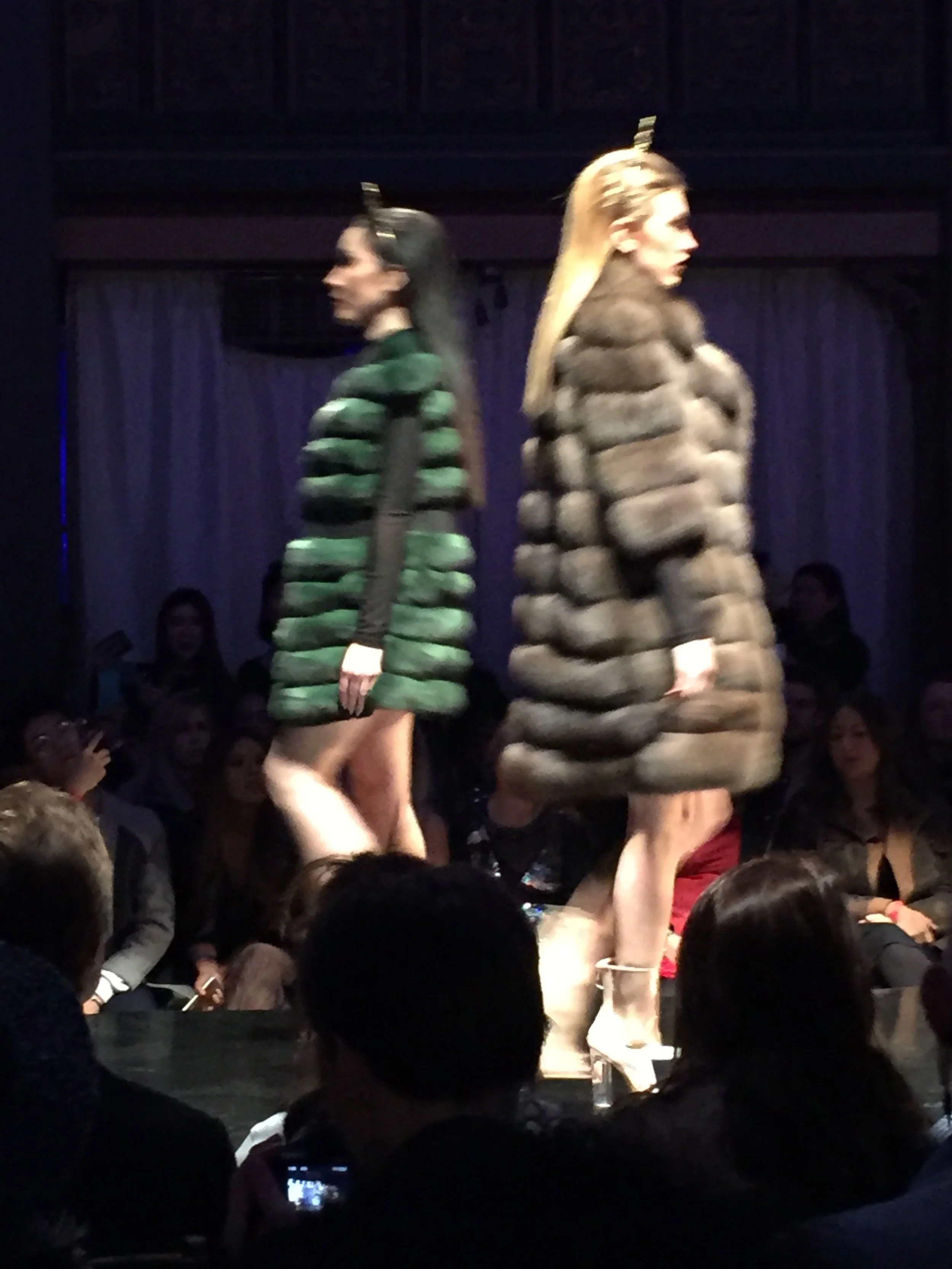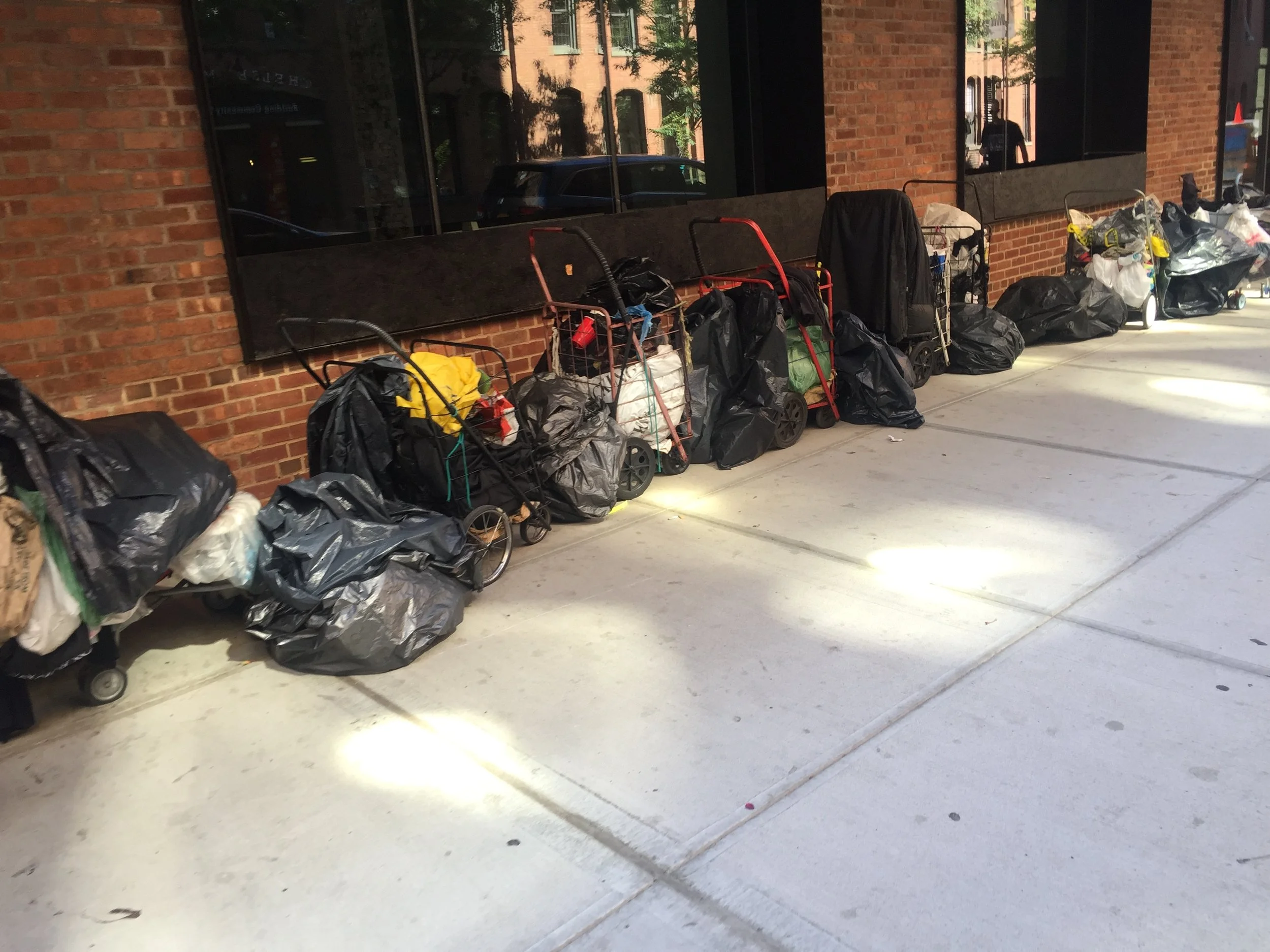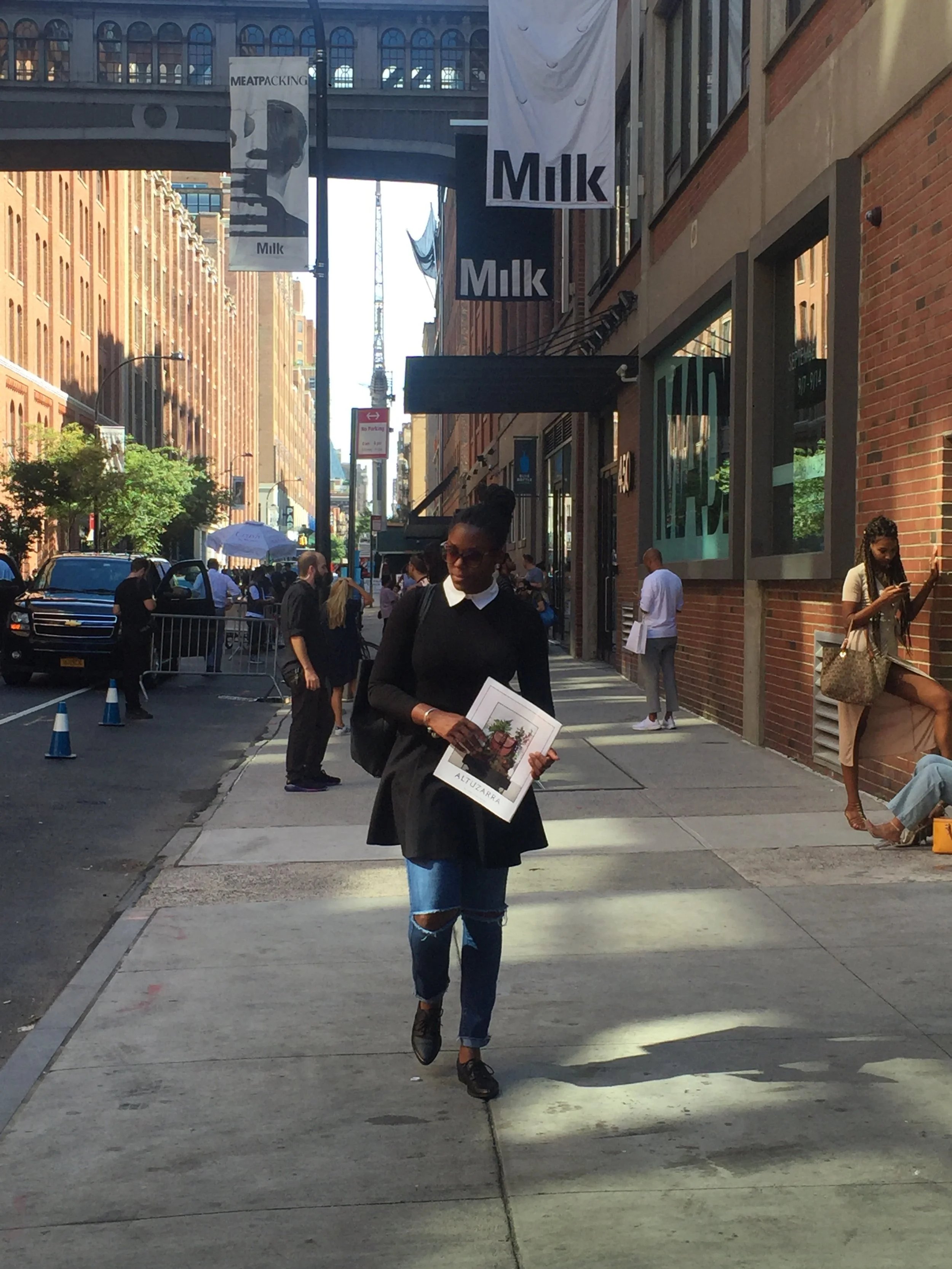The Illusion of Affordable Luxury
In a world where luxury seems increasingly accessible, the very essence of what luxury represents is being diluted. The allure of luxury lies in its exclusivity, its ability to distinguish itself from the ordinary, the mundane. Yet, the concept of "affordable luxury" attempts to bridge the gap between opulence and accessibility, blurring the lines of distinction.
Luxury fashion is not just about owning expensive items; it's about embodying a lifestyle, a status, a sense of privilege that sets one apart from the masses. From 2022 to 2023, the luxury fashion market has seen unprecedented growth, with sales soaring despite global economic uncertainties. According to a report by Bain & Company, the global luxury market rebounded strongly in 2021, with a projected growth of 12% to 14% from 2022 to 2025. [Source: [Bain & Company Luxury Market Report]
True luxury fashion brands understand this distinction, crafting meticulously designed pieces that epitomize sophistication and exclusivity. However, the rise of "affordable luxury" brands caters to a demographic that aspires to the trappings of luxury without the price tag. These brands capitalize on the psychological appeal of owning luxury items, offering a semblance of exclusivity at a fraction of the cost.
But can true luxury ever be truly affordable? The very essence of luxury lies in its scarcity, its unattainability to the masses. The resale market, on the other hand, offers a compromise. It provides access to coveted designer pieces at a reduced price, allowing individuals to indulge in luxury without the exorbitant cost. Even those who can afford luxury items may opt for vintage pieces, appreciating the history and uniqueness they embody.
For me, the distinction lies in curated collections of designer pieces that align more with the luxury resale market than with mass-produced "affordable luxury" brands. It's about cherishing quality over quantity, investing in pieces that transcend trends and retain their value over time.
In conclusion, the notion of affordable luxury in fashion is a paradox—a contradiction in terms. True luxury cannot be mass-produced or commodified; it is an experience, a lifestyle, a statement of individuality. As consumers, we must redefine our understanding of luxury, valuing craftsmanship, heritage, and exclusivity over accessibility and affordability.
Diane von Fürstenberg |Live
I recently had the opportunity to participate in a live Zoom webinar featuring Diane von Fürstenberg, the renowned Belgian fashion designer celebrated for her iconic wrap dresses. Despite my familiarity with her from previous interviews, my curiosity was piqued about how the pandemic had influenced her business and personal life. I was eager to learn more about her interactions with buyers and any shifts she had made in her sustainability initiatives in response to industry scrutiny.
During the interview, I was captivated by Diane von Fürstenberg's approach to the pandemic, which she had used as a catalyst for introspection and a deeper focus on personal relationships. Her emphasis on the significance of relationships in both our personal and professional spheres provided a refreshing perspective, especially in the fashion industry, where commercial aspects often take center stage. While I hold great admiration for André Leon Talley and his profound insights into the fashion business, von Fürstenberg's emphasis on relationships served as a poignant reminder of the human connections that underpin the success of all endeavors, whether personal or professional.
Fashion Note.21
Fast fashion is a shady business that operates underneath the veil of cheap clothes.
Fast fashion has a business structure designed to minimize time and costs. It is a copy-and-paste formula designed to maximize profits. Such practices make it impossible to create original garments. Representatives, known as scouts, go undercover to various design houses to buy popular items to take to their company and "adapt" for their customers. Adaptation is another word for copying into a low-cost option with minimal differentiation.
Fast Fashion brands often claim it's difficult to follow fashion trends without copying them. However, Zara has been sued for plagiarism multiple times. After years of litigation, Rains won an infringement case against Zara in a Danish court over two signature designs. Despite this, the fast fashion industry remains unshaken.
Hardly surprising given that more than half of all posts on social media platforms such as Instagram are related to fashion and beauty. Clothes have become a significant part of people's identity. Manufacturers study our minds to learn how to target us through pricing. We tend to consume more when prices are low, and collections are "limited." As a result, companies are abandoning traditional marketing campaigns and focusing more on influencers to sell their products.
The textile industry is the second-largest polluter in the world after oil. The more commerce there is, the more pollution there is, especially without efficient water waste filtration and cleanup technology. Under pressure, the textile industry is trying to change by embracing green fashion. However, this is often a mass-market trend to convince consumers they are buying organic and sustainable by purchasing garments made from viscose, cheap artificial silk.
In truth, viscose is wood. The process of transforming wood into fabric requires large amounts of chemicals, including CS2, which is known to cause eye diseases, infertility, and other vascular problems.
Fibers used to make fast fashion garments are produced to break down quickly, resulting in clothes that become worn and unusable- in a short time. Some fast fashion items are so cheap that they cannot be sold secondhand and are either burned or end up in a landfill.
And so it goes.
September Fashion Week |D.C.
This D.C. Fashion Weekend, from runway models to attendees, was a sea of collared shirts, jeans, dress pants, kitten heels, and nice sneakers.
It's true; Washington DC is not the trendiest city in America, but one could deduce D.C. politics steer the D.C. fashion scene.
My coequals and I refer to the district as a corporate indulgence market for decadent watches, pens, ties, comfortable corporate heels, etc.
Yes, it's true, fashion in Washington D.C. is not as fashion-forward as in cities like New York or Los Angeles; however, it has a certain individuality that distinguishes it from other American cities.
#DowntownDC
Fashion Note.18
America's relationship with cheap products in the market is problematic and dangerous, as the increasing availability of similar or identical products has made price the ultimate arbiter of consumer choice. This focus on low prices has led to a shift in power away from manufacturers and workers, towards giant retailers and stockholders, enabled by technology-enabled globalization.
The rise of online shopping and self-service has reduced the need for skilled staff, with consumers bearing more responsibility for their purchases. However, this has also led to a reduction in choice as price has become the primary factor in decision-making. Discount fashion, which has infiltrated various market segments, is a category killer, with millions of people willing to go into debt to purchase items on installment plans.
The manipulation of prices by retailers is meant to confuse consumers and lead them to make impulsive purchases, with little regard for the quality or craftsmanship of the products. As a result, many consumers end up with poorly made, unflattering clothes and shoes in horrible shades and prints. Factory outlets, which were once a popular tourist destination, have now become a fast-growing retail segment and a part of the travel industry.
Fast fashion brands like H&M and Zara offer the masses trendy clothing at affordable prices but at a hidden cost to the environment and society. Cheap fast fashion has made fashionable and desirable garments devoid of craftsmanship, with alarming environmental and social implications.
While some argue that discounting helps keep inflation at bay, others argue that the great depression was characterized by deflation, not inflation. In recent decades, wage stagnation and growing debt have made discounting even more appealing.
Many people who live a cheap lifestyle, including buying cheap food, reflect our cultural traditions and values, with price often being the primary factor in deciding what to eat or wear. However, most consumers have no idea what goes into setting a price, with many overestimating profit margins.
February Fashion Week |NYC
The shows I attended this weekend had looks highlighting faux fur. Though faux fur is a blend of polyester and acrylic fibers, it's also known as fake or synthetic fur. A pile of fabric that simulates real animal fur. Introduced in 1929: faux fur was originally from alpaca hair.
Sustainably speaking, faux fur is an "eco-friendly" fabric. But if you peel back the layers, acrylics are not biodegradable – impacting the planet immensely. Acrylic fabrics can last in a landfill for up to 200+ years; similar to its synthetic sister, polyester. According to Eco-Stylist, as much as 35% of all primary source microplastics in the ocean are fibers from synthetic clothing.
Why I'm leaning toward a more sustainable fashion future:
Sustainable fashion is redefining fashion, challenging overconsumption, and empowering people to have a more conscious relationship with the garment industry. The reality is we discard fashion at alarming rates. According to the United Nations Environment Programme, fashion accounts for about 10% of global carbon dioxide output—more than international flights and shipping combined.
September Fashion Week |NYC
The worst fashion week ever.
This particular fashion week sucked as it touched on suppressed feelings of anti-fashion I've been harboring. Those that know me; know I love fashion, both the business and creative sectors.
However, fashion-season-after-fashion-season, I see the narrative shifting toward a more hyper-consumerist manner of doing business. The streets are full of influencers shamelessly doing anything for the perfect social media picture. I watched a girl climb a street post in heels. She almost twisted her ankle for a photo the photographer might not use.
Here's the thing.
What people do for their brands is their preference. However, where I take notice - is when fashion show attendees are gathered outside of Milk Studios (myself included), and feet away, a homeless woman is in tattered clothing with her life spread about in milk crates. The irony was unnerving.
I've come to a point where I realize the current fashion system we've created for ourselves is not sustainable. The fashion red flags are up, and I have no interest in ignoring humanity because it's not trendy.
#MakeFashionSustainable

